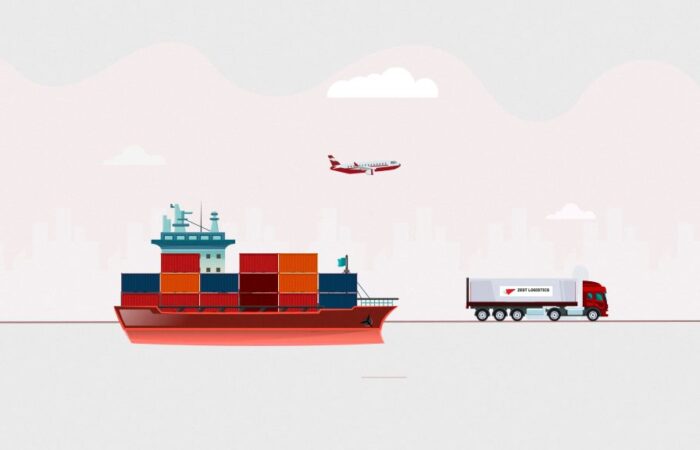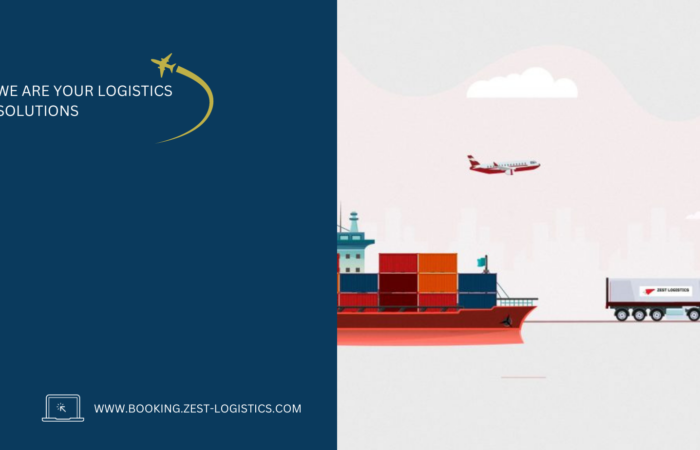The World Customs Organization (WCO) has released a Guide for Rules of Origin under the African Continental Free Trade Area (AfCFTA) agreement. The AfCFTA agreement aims to create a single market for goods and services across Africa by allowing the free movement of business persons and investments, which will ultimately lead to the creation of a customs union.
The objective of this agreement is to simplify trade and investment across African borders, reduce unemployment, increase infrastructure development, and create a more competitive and sustainable environment for cross-border trade.
Rules of Origin
To be eligible for AfCFTA benefits, products must comply with the AfCFTA rules of origin as outlined by Annex 2 on Rules of Origin and Appendix IV of the AfCFTA Protocol on Trade in Goods.
What are rules of origin and why are they needed?
Rules of origin regulate and determine the “economic nationality” of a product, and set the standards that a product must meet to be regarded as originating from the free trade area, including the use of documentary proof of origin issued by a designated competent authority.
Products that meet AfCFTA origin requirements are granted preferential treatment in the AfCFTA area, including the option of importing them free of duty or at a reduced rate of import duty.
How do products attain AfCFTA origin?
There are two primary criteria for AfCFTA origin:
- Wholly Obtained
These goods occur naturally in the free trade area, i.e., a farmer in an AfCFTA State produces tomatoes from seeds imported from a non-AfCFTA State, and the grown tomatoes are then supplied to another AfCFTA State. The tomatoes are regarded as originating in the AfCFTA as they are grown or harvested there.
- Substantial Transformation
These goods are manufactured in an AfCFTA State from raw materials or semi-finished materials (inputs) imported from countries that are not a party to the AfCFTA agreement.
Substantial transformation can be accomplished through:
- A change in tariff classification / tariff-shift
- This condition is fulfilled when imported inputs and the final product are not classified in the same tariff code and the manufacture of the inputs in an AfCTFA State causes them to change the classification to that of the final product, as specified in the relevant rule of origin. For example, imported inputs such as animal fat (HS 15.06), perfume (HS 33.02), and disodium (HS 38.24) manufactured into soap bars (HS 34.01) in an AfCFTA State would satisfy the applicable rule of origin.
- Specific Processes
- A product will be considered to originate in the AfCFTA State where the manufacturing operation described for the particular product in Annex 2 is completed. For example, the rule of origin for diamonds of heading 71.02 is “Manufacture from unworked, precious or semi-precious stones”. If raw diamonds are imported from outside the AfCFTA area and further processed (i.e., polished) in an AfCFTA State, then the polished diamonds would fulfill the AfCFTA rules of origin.
- Value added
- The product-specific rules of origin in Appendix IV provide that a product will be considered to originate in the AfCFTA State where the value of manufacturing increases the value of the final product to the specified minimum level of domestic content required (expressed as an ad valorem percentage).
- Non-originating content limits
- The product-specific thresholds in Appendix IV provide limits on the amount of non-originating raw materials allowed to be used in the production of an AfCFTA-originating product. For example, catalytic converters (8421.39) for motor vehicle mufflers are produced in an AfCFTA State using parts (8421.39) from a non-AfCFTA State. The value of these non-originating parts is 30% of the ex-works price of the mufflers. According to Appendix IV rule for HS 8421.39, the “value of non-originating materials should not exceed 60% of the Ex-Works Price.” Since the value of the non-originating converters is below the limit, the mufflers will be considered to originate in the AfCFTA area.
- Minimal operations do not cause a substantial transformation
Annex 2 of the AfCFTA incorporates the following basic operations/processes, referred to as minimal operations/processes:
- Simple packaging procedures such as putting products in bottles, cans, flasks, bags, cases, boxes, or affixing them to cards or boards
- Basic grinding, sharpening, or cutting
- Simple pressing or ironing
- Basic painting or polishing
- Animal slaughter
Products that undergo solely these procedures are considered inadequately processed and thus would not be deemed as originating from the AfCFTA region.
The flexibility of AfCFTA rules of origin
The AfCFTA has incorporated certain flexibilities in its rules of origin, which include:
- Tolerance: This rule permits the use of non-originating materials that are usually restricted by the product-specific rule of origin, up to a particular percentage. The AfCFTA Agreement has set the tolerance rate at 15% of the final product’s ex-works price.
- Cumulation: With cumulation, a manufacturer in an AfCFTA member state can count any AfCFTA-originating materials or processing done in another AfCFTA state as originating or processed within their own country, while determining the origin of the final product.
Other rules of origin requirements
The product must fulfill all other relevant regulations on origin specified in Annex 2, which includes following the principle of territoriality and complying with the regulations regarding direct transport.
Proving the origin of AfCFTA products
When exporting goods to other AfCFTA member states, there are various types of evidence of origin that can be utilized, including:
- an official AfCFTA Certificate of Origin provided by the customs authorities of the exporting country; or
- a self-declaration made by an approved exporter utilizing an “origin declaration” or “invoice declaration”; or
- a self-declaration made by an exporter who is not approved for a limited invoice amount of 5,000 USD.
This proof of origin is applicable for a duration of 12 months from the issuance date and must be presented to the importing country’s customs authorities within this timeframe.
Conclusion
If a company is importing goods to the area covered by the AfCFTA, it should take into account the potential advantages of adhering to the AfCFTA’s rules of origin. These regulations grant favorable treatment and may exempt imported products from duties or apply lower duty rates.



